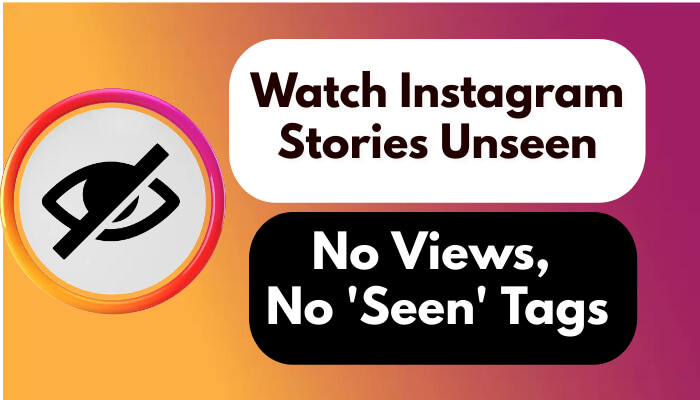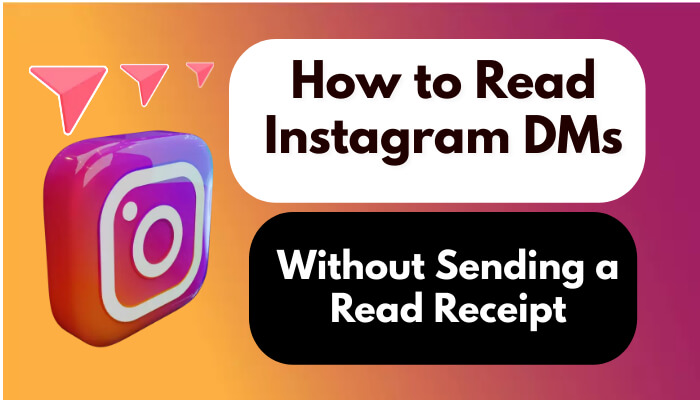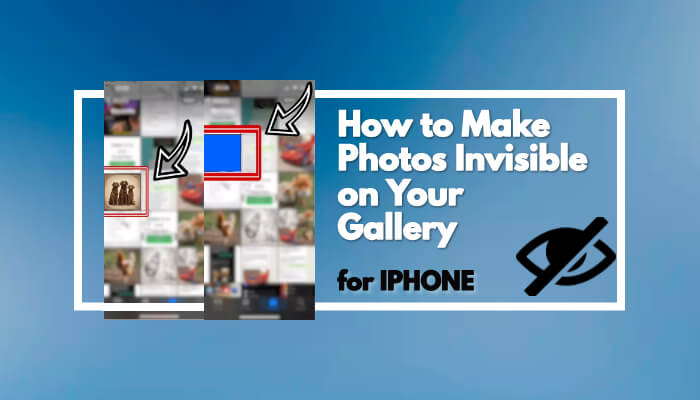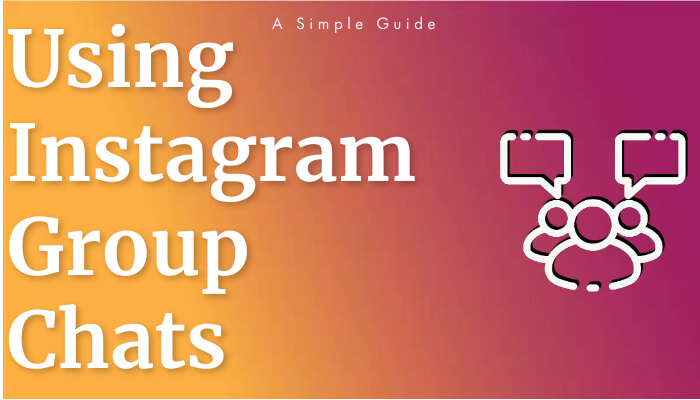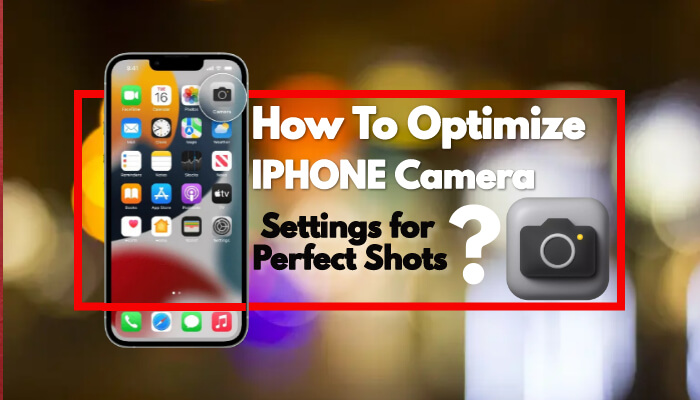
Adding closed captions or subtitles to your TikTok clips can be a great way to make sure that your followers don’t miss out on important information, especially if they are deaf or hard of hearing. Not only will it allow them access to your posts, but it also helps people follow along when the audio isn't clear and makes videos more accessible overall. If you're looking for an easy guide on how to add closed captions and subtitles to your next TikTok masterpiece, read on! We'll cover everything you need to know, from why adding closed captions is important, what programs are best for getting the job done quickly and efficiently, as well as other tips for creating memorable content through accessibility-friendly post designs.
Overview Of Why Closed Captions And Subtitles Are Important For Viewers
For many viewers, closed captions and subtitles may seem like a small addition to a show or movie, but they serve as an incredibly important tool for accessibility and inclusivity. Closed captions allow those who are deaf or hard-of-hearing to fully experience the content, providing them with an accurate representation of the dialogue and sound effects. Additionally, subtitles provide a valuable resource for viewers who may not speak the same language as the content, allowing them to follow along and immerse themselves in the story. Overall, closed captions and subtitles make media more accessible and enjoyable for a wider range of audiences, ensuring that everyone has an equal opportunity to experience the story being told.
Steps For Adding Closed Captions And Subtitles To A Tiktok Clip
Do you want to make your TikTok videos more accessible to everyone? Adding closed captions and subtitles can make a huge difference for those who are deaf or hard of hearing, and it's easier than you might think. First, upload your video and tap the "Text" icon. From there, select "Captions" and choose your desired language. Then, type out your captions and adjust the timing to sync with your video. You can also customise the font, colour and size of the captions. Once you're done, hit "Save" and you're all set! With just a few simple steps, you can make your TikTok content more inclusive for all viewers.
Tips For Creating Effective Closed Captions And Subtitles That Are Descriptive And Accurate
In today's digital age, videos with closed captions and subtitles can make all the difference in reaching wider audiences. But what makes an effective caption? First and foremost, it needs to be accurate; it must convey the exact message depicted in the video. Moreover, it needs to be descriptive, providing information about sounds, tone, and background noises, which can enhance the viewer's experience. The key is to strike a balance between word choice and clarity, as well as timing and placement. Creating effective captions requires patience, research, and plenty of practice. Nonetheless, the rewards are considerable: your content becomes more accessible, inclusive, and ultimately, more engaging for all viewers.
How To Enable Closed Caption/Subtitle Auto-Transcription Feature On Tiktok
TikTok is a wildly popular app that has taken the social media world by storm. One of the app's most useful features is closed captioning, which can help users with hearing difficulties or non-native English speakers better understand the content they're viewing. But did you know that there's a way to enable automated captioning on TikTok? By turning on the app's auto-transcription feature, you can have subtitles generated automatically for any TikTok video you watch. It's easy to use and can make a world of difference for users who might otherwise struggle to engage with TikTok content. So why not give it a try and make your TikTok experience even better?
Strategies For Adjusting The Size, Color, Font, Position, Etc Of Your Captions Or Subtitles
Captions and subtitles can make or break a video. They can enhance the viewer's experience or cause confusion if not executed properly. Adjusting the size, color, font, position, and other attributes of your captions and subtitles can greatly improve their effectiveness. Experimenting with these features can help you convey your message more clearly and make your content more accessible to a wider audience. For example, choosing a larger font size can help viewers with visual impairments, and using contrasting colors can make the text easier to read. Additionally, positioning the text in a strategic manner can draw attention to key points or emphasize certain parts of your video. By using these strategies, you can create captions and subtitles that not only enhance your videos but also make them more accessible to everyone.
Examples Of Creative Ways To Use Closed Captions/Subtitles In Your Clips
When it comes to video content, closed captions and subtitles can be incredibly useful tools for enhancing accessibility, but did you know that they can also be creatively employed to engage your audience in new and exciting ways? Here are some examples of how you can use captions and subtitles to elevate your video content: use them to provide comedic commentary, create suspense by withholding key information until the very end, or even use them to highlight specific words or phrases for emphasis. These are just a few of the many ways that captions and subtitles can add a unique and dynamic element to your videos, so don't be afraid to get creative with them!
Closed captions and subtitles are essential for viewers that rely on accessibility settings to engage with multimedia content. With the steps provided, you now have the power to use closed captions/subtitles for your clips and create captivating TikToks that provide meaningful experiences for all viewers. Whether you are adding subtitles to a dialogue scene or placing animated titles in front of an action sequence, there can be no doubt that this form of audio-visual artistry leaves a palpable impact on anyone viewing your creations. So, as we conclude this post, remember above all else to have fun and get creative with your closed captions/subtitles! From adjectives and adverbs that capture characters’ emotions to cleverly placed jokes in subtitle form, the possibilities are truly endless - so get to it!
